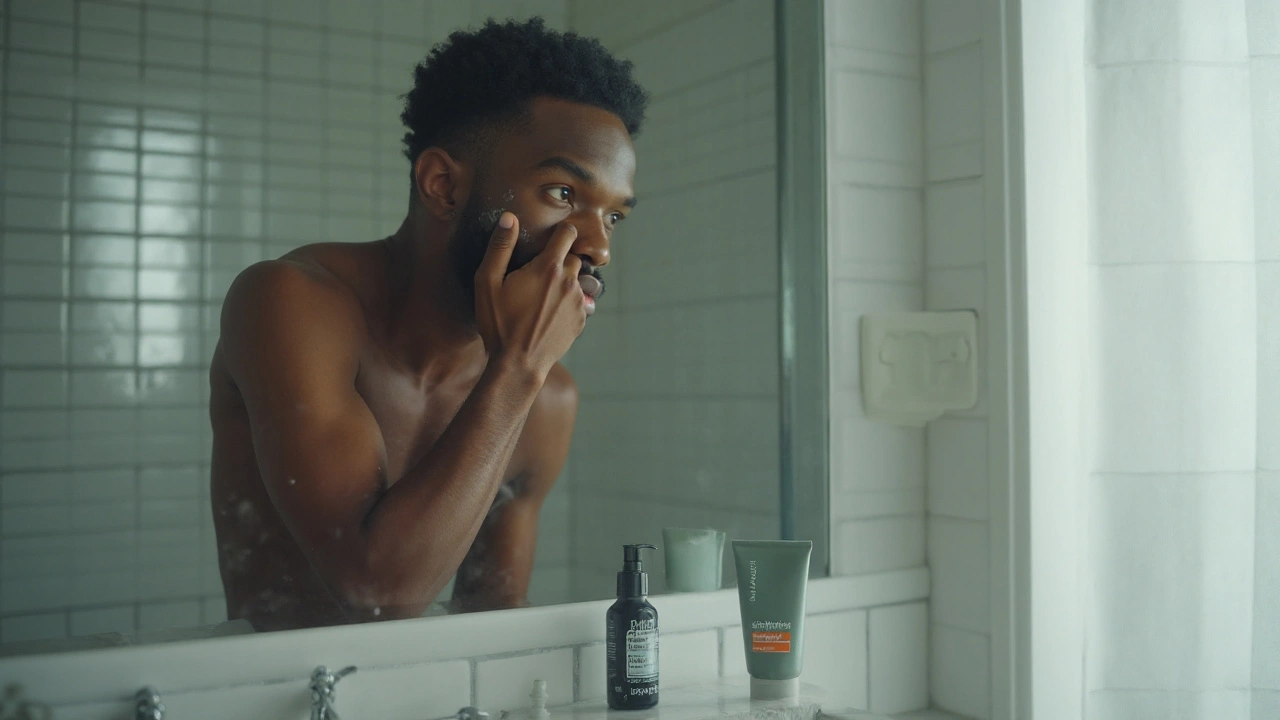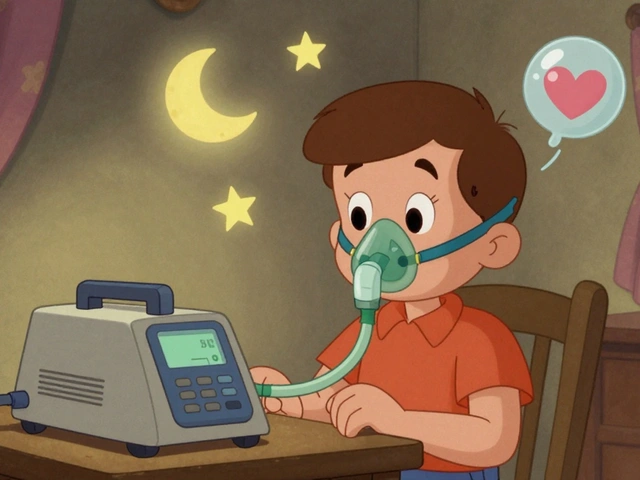Pseudofolliculitis Barbae (Razor Bumps) – Why They Happen and How to Fix Them
If you’ve ever gotten a red bump after shaving, you’ve probably experienced pseudofolliculitis barbae, often called razor bumps. It’s not just a minor irritation – the bumps can be painful, cause infection, and make you avoid shaving altogether. The good news is that you can stop the cycle with a few practical steps. Below we break down the why, the what, and the how so you can shave confidently again.
Why razor bumps form
Razor bumps happen when a shaved hair curls back into the skin instead of growing straight out. This usually occurs on thick, curly hair that’s common in many men of African, Asian, or Mediterranean descent, but anyone can get it. When the hair tip re‑enters the skin, the body treats it like a tiny foreign object, triggering inflammation, redness, and sometimes pus. Tight clothing, harsh razors, or shaving too close can make the problem worse.
Another hidden trigger is the blade angle. A blade pressed at a steep angle cuts the hair below the skin surface, leaving a stub that’s more likely to curl back. Using a dull blade also drags the hair, increasing trauma. Even after a single shave, these tiny injuries can set off a chain reaction that lasts days.
How to prevent and treat pseudofolliculitis barbae
Start with the basics: give your skin time to heal. If you’re constantly shaving every day, try spacing it out to every 2‑3 days. When you do shave, wet the skin with warm water for at least a minute – the moisture softens the hair and opens pores, making a clean cut easier.
Choose a single‑edge safety razor or an electric trimmer set to a longer length. Both options reduce the chance of cutting the hair below skin level. If you prefer a traditional razor, use a fresh, sharp blade and shave with the grain (the direction the hair grows). Avoid pulling the skin taut; a relaxed face lets the blade glide naturally.
After shaving, rinse with cool water to close pores, then apply a gentle, alcohol‑free aftershave or a soothing moisturizer containing aloe or chamomile. Products with salicylic acid or glycolic acid can help keep pores clear and prevent ingrown hairs, but start slowly to avoid irritation.
If bumps have already formed, give them a break from shaving for a few days. Apply a warm compress for a few minutes twice daily – the heat softens the skin and lets the hair pop out. Over‑the‑counter hydrocortisone cream can reduce swelling, but limit use to a few days to avoid thinning the skin.
For stubborn cases, consider a topical retinoid (like adapalene) or a prescription medication such as topical clindamycin combined with benzoyl peroxide. These reduce inflammation and keep bacteria at bay. In severe, recurring situations, a dermatologist might suggest laser hair removal or electrolysis to permanently eliminate the problem hairs.
Finally, keep your tools clean. Rinse blades after each use, store them dry, and replace them often. A clean razor reduces bacterial load, which can turn a simple bump into an infection.
By adjusting your shaving routine, using the right tools, and caring for the skin afterward, you can cut down on pseudofolliculitis barbae dramatically. Stick with the plan, and you’ll notice smoother, bump‑free skin in a few weeks.

Eflornithine for Men: Does It Work for Unwanted Facial Hair? Results, How to Use, UK Access
- By : Tamsin Riverton
- Date : Aug 25 2025
Curious if eflornithine helps men with unwanted facial hair? Get clear answers on results, how to use it with shaving, side effects, UK access, and smart alternatives.




